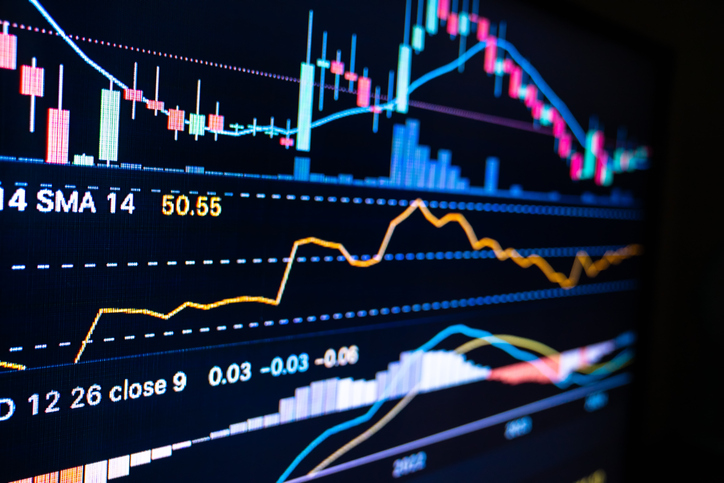What You Need to Know About E-Reading
It's cheaper than ever to snuggle up with an e-reader. But finding bargain-bin books is a challenge.
1. Look for big deals on the big three. You can now buy an Amazon Kindle, a Barnes & Noble Nook or a Sony Reader for $150 or less. Plus, if you were going to buy a tablet computer anyway, the Apple iPad ($500) and Motorola Xoom ($600) make excellent e-readers.
2. Read the small print. Some low-cost smart phones, including the Apple iPhone 3GS and Samsung Continuum, make decent e-readers. But you'll need e-reading software. Both Amazon and Barnes & Noble offer free apps to download for most major mobile devices. The iPad also comes with iBooks, a Kindle competitor. Want to read e-books on your PC? No problem: The leading e-reading apps are free for laptops and desktops, too.
3. No bargains on bestsellers. Most current titles cost $10 to $15 -- less than a hardcover edition and comparable to the cost of a trade paperback. You can find older titles that will set you back $5 or less, but to find free e-books, you'll have to work a little. Kindle users can browse the Top 100 Free eBooks list on Amazon.com or type "free Kindle books" in the Amazon search window. Barnes & Noble has a similar freebie page for Nook users on its Web site. Sony also has a free section for Reader fans, plus Sony has teamed up with Google to offer more than one million free e-books that are off copyright, which you can read on a PC as well. Project Gutenberg, Google Books, Free-eBooks.net and Mediabistro's free e-books page are also good resources.

Sign up for Kiplinger’s Free E-Newsletters
Profit and prosper with the best of expert advice on investing, taxes, retirement, personal finance and more - straight to your e-mail.
Profit and prosper with the best of expert advice - straight to your e-mail.
4. Not all readers are created equal. You can't read Kindle books on competing devices or apps because Amazon's e-book format is proprietary. Most Kindle devices also support Adobe PDFs, however, while Apple, Barnes & Noble and Sony support ePub, an industry-standard format. (Unlike PDFs, the Kindle and ePub formats adjust text to fit different screen sizes.) The format matters if you plan to download e-books from Google eBooks' immense library (more than three million titles), which may be available in the ePub format or as PDF files.
5. Sharing e-books is tricky. You can't just pass along an e-book as you would a paperback. For example, you may lend a Kindle book only once, for 14 days, to another Kindle user, assuming the publisher permits the book to be borrowed. The Nook has a similar, one-time, two-week lending policy. New sites that let you borrow e-books from complete strangers are springing up, such as BookLending.com, eBookFling.com and Lendle. The 14-day restriction still applies to books borrowed through these sites.
6. Go to the virtual library. Many local libraries will let you check out e-books, usually in the ePub format -- good news for everyone but Kindle users. Sony has a great site called Library Finder, where you can enter your state, province or zip code to find e-book-lending libraries near you. To get started, you'll need a library card and a free software program, usually OverDrive Media Console, to download titles. If your local library is Internet-savvy, it will provide step-by-step instructions for beginners.
Get Kiplinger Today newsletter — free
Profit and prosper with the best of Kiplinger's advice on investing, taxes, retirement, personal finance and much more. Delivered daily. Enter your email in the box and click Sign Me Up.
-
 Stock Market Today: UnitedHealth Drags on Dow After CEO Splits
Stock Market Today: UnitedHealth Drags on Dow After CEO SplitsUNH created headwinds for the price-weighted Dow on news that its embattled CEO, Andrew Witty, is stepping down.
-
 Here's How the Child Tax Credit Could Increase Under Trump
Here's How the Child Tax Credit Could Increase Under TrumpTax Credits House Republicans released details on President Trump’s ‘one big, beautiful bill,’ including an increased child tax credit.
-
 Roth IRA Contribution Limits for 2025
Roth IRA Contribution Limits for 2025Roth IRAs Roth IRA contribution limits have gone up. Here's what you need to know.
-
 Four Tips for Renting Out Your Home on Airbnb
Four Tips for Renting Out Your Home on Airbnbreal estate Here's what you should know before listing your home on Airbnb.
-
 Five Ways to a Cheap Last-Minute Vacation
Five Ways to a Cheap Last-Minute VacationTravel It is possible to pull off a cheap last-minute vacation. Here are some tips to make it happen.
-
 How to Figure Out How Much Life Insurance You Need
How to Figure Out How Much Life Insurance You Needinsurance Instead of relying on rules of thumb, you’re better off taking a systematic approach to figuring your life insurance needs.
-
 Amazon Big Deal Days Is Coming! We’ve Got All the Details
Amazon Big Deal Days Is Coming! We’ve Got All the DetailsAmazon Prime To kick off the holiday season with a bang, Amazon Big Deal Days runs Tuesday, October 8 and Wednesday, October 9.
-
 How to Shop for Life Insurance in 3 Easy Steps
How to Shop for Life Insurance in 3 Easy Stepsinsurance Shopping for life insurance? You may be able to estimate how much you need online, but that's just the start of your search.
-
 Five Ways to Shop for a Low Mortgage Rate
Five Ways to Shop for a Low Mortgage RateBecoming a Homeowner Mortgage rates are high this year, but you can still find an affordable loan with these tips.
-
 Retirees, It's Not Too Late to Buy Life Insurance
Retirees, It's Not Too Late to Buy Life Insurancelife insurance Improvements in underwriting have made it easier to qualify for life insurance, which can be a useful estate-planning tool.